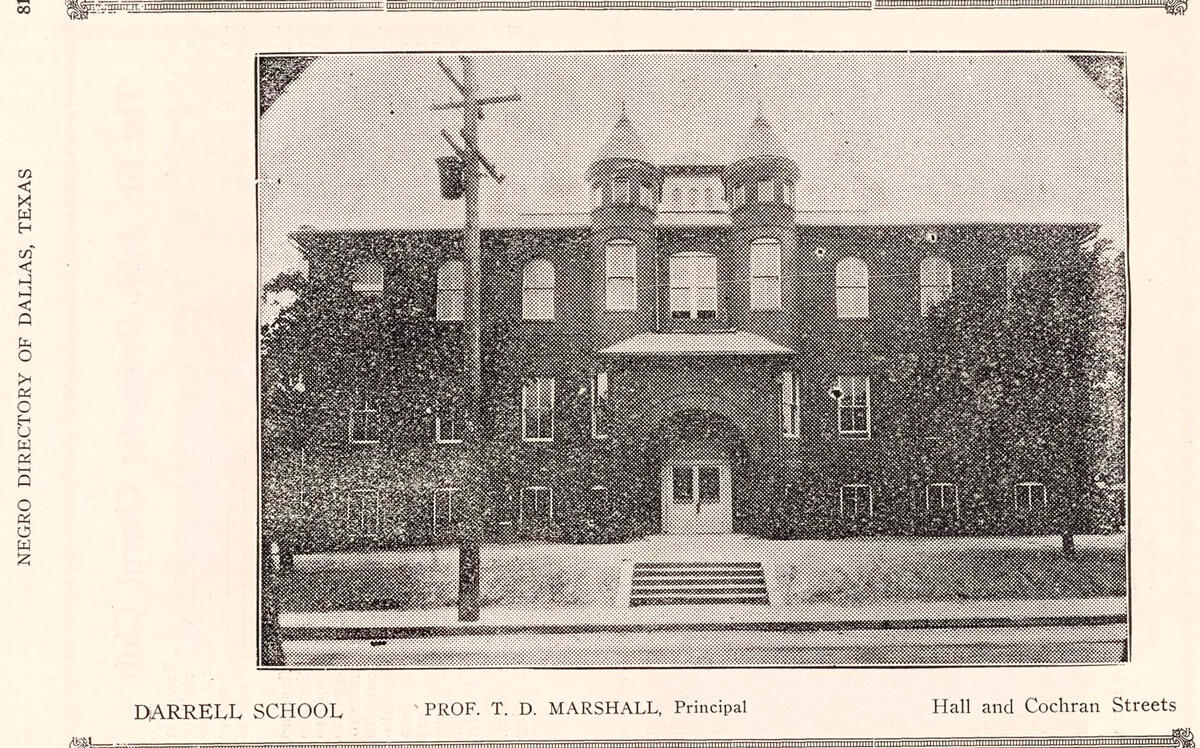Trending
Revealed In Dallas: Forgotten all-Black school once stood on Uptown development site
Activist learned of its existence after city Council battle over tax abatements for developer

The land on which a controversial, taxpayer-subsidised retail and residential development will rise in Dallas was the forgotten home of the city’s first all-Black high school that, for the most part, was erased from history.
According to the Dallas Morning News, The B.F. Darrell School, which closed in 1969 and was demolished in 1971 (the same year the city was ordered by a federal judge to desegregate its schools), had been a combination elementary and high school for 58 years. Before that, it was known as the Old Colored High School since shortly after its construction in 1891.
The grocery retailer Kroger, which bought the property in 2015, plans to build a mixed-used development on the site, and recently was awarded a $2 million tax abatement on the property by the city Council, thanks to its promise to build below-market housing.
But left out of the debate over the tax break was the fact that the school ever existed on the site, and what should be done to honor it and the Black residents that lived in the neighborhood and attended the institution.
The fact the school was even there was not even brought up until racial equity advocate Amber Sims published three essays about it in the Dallas Free Press.
“This land is integral to Black Dallas’ educational history,” Amber told the Dallas Morning News. “That’s why seeing it fallow, with no historical marker, nothing proclaiming its importance, feels unresolved.”
With her revelation, Amber hopes Kroger and City Hall will work together to mark the land and tell the story of the school and its students and staff, lest it be forgotten to history — yet again.
“This was a community of schools, of churches, of businesses and homes,” she told the newspaper of the area founded by freed slaves after the Civil War that was known as Freedman’s Town. “These were people who lived and thrived here, but also saved and used their livelihoods to build and improve these neighborhoods.”
[Dallas Morning News] — Vince DiMiceli




